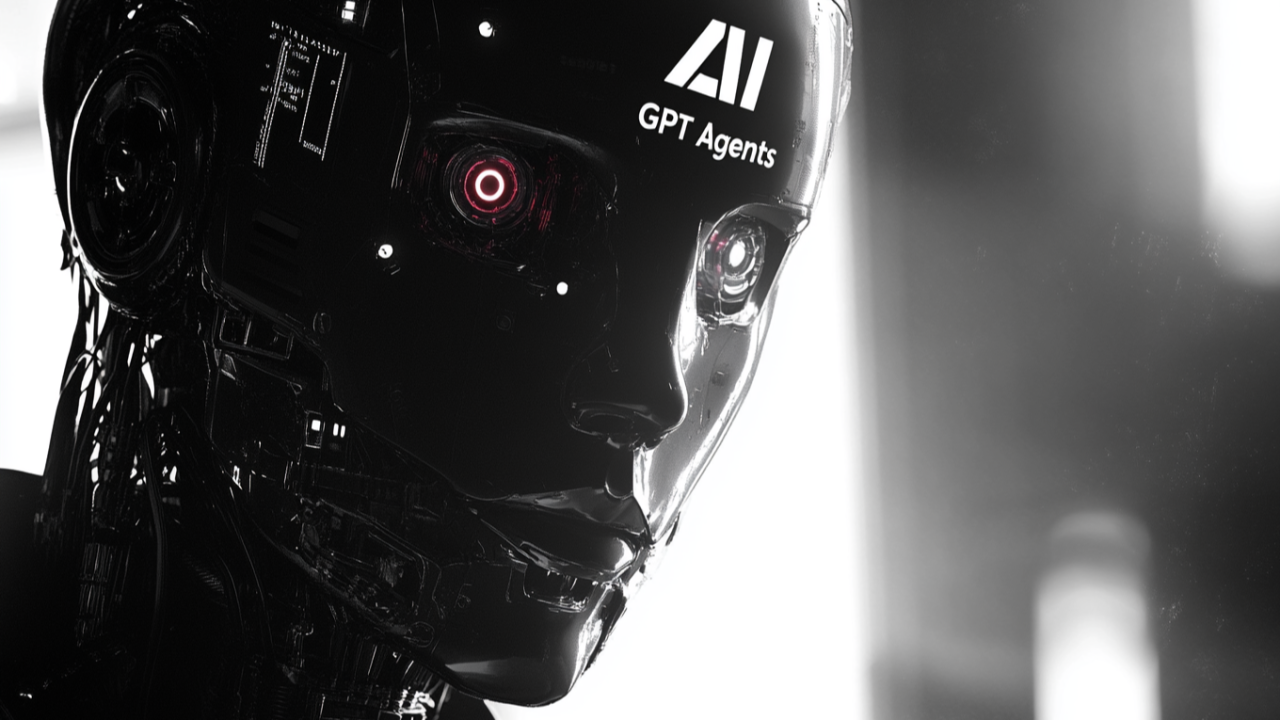
Guide 1: Fundamentals of GPT Base Agent Prompting
Base Agent Prompting by Kevin Maguire
What is Base Agent Prompting?
Base Agent Prompting is a systematic methodology for designing and developing custom GPT agents tailored to specific needs, contexts, and personas.
This approach emphasizes the creation of structured prompts that define the agent's behavior, tone, and interactions, ensuring it responds consistently and effectively in line with the defined character traits and roles.
Base Agent Prompting serves as the blueprint for constructing AI agents that can emulate specific human-like characteristics and perform specialized tasks.
Creation of Custom GPT Agents
Base Agent Prompting is fundamental because it allows developers to create highly specialized agents that:
Benefits of Using a Structured Approach to Agent Development
A structured approach like Base Agent Prompting offers several advantages:
Core Components of a Base Agent Prompt
These examples will help you construct a basic agent that you can expand and adapt to your specific needs.
Agent Identity
Defining the agent's identity is the foundational step in Base Agent Prompting. This includes specifying the agent's name, character description, and role.
Example Defining Agent Identity
{
"agent_name": "SEO Guru GPT",
"character_description": "SEO Guru GPT is an expert in search engine optimization, offering actionable insights and strategies to improve website visibility and performance.",
"role_definition": "The agent provides advice, answers questions, and suggests strategies related to SEO and digital marketing."
}
Personality Traits
Personality traits define how the agent interacts with users. These traits should be consistent and aligned with the agent’s purpose.
Example: Defining Personality Traits
领英推荐
{
"personality_traits": {
"Expertise": "In-depth knowledge of SEO, content marketing, and digital strategy.",
"Tone": "Professional, yet approachable and easy to understand.",
"Engagement Style": "Proactive in offering advice and suggestions, detailed in explanations."
}
}
Dynamic Tone Adjustment
The ability to adjust tone based on context or platform is a key feature for creating a more responsive and adaptive agent. This allows the agent to tailor its communication style depending on the medium (e.g., LinkedIn, Twitter).
Example: Implementing Dynamic Tone Adjustment
{
"tone_adjustment_options": {
"user_controlled_tone": ["Professional", "Conversational", "Technical"],
"dynamic_tone_shifting": {
"LinkedIn": "Professional",
"Twitter": "Conversational",
"Internal": "Technical"
}
}
}
Response Variability and Customization
To prevent responses from becoming monotonous and to cater to different user preferences, it’s important to include variability in the agent’s responses. Customization options, such as humor integration, can enhance user engagement.
Example: Response Variability and Customization
{
"response_variability": {
"multiple_response_templates": true,
"dynamic_content_insertion": true,
"humor_customization": ["Subtle", "Standard", "None"]
}
}
Advanced Contextual Understanding
Integrating advanced NLP techniques like BERT allows the agent to understand and process complex queries more effectively. This component is important for creating an agent that can handle nuanced interactions and provide accurate, contextually appropriate responses.
Example: Implementing Advanced Contextual Understanding
{
"advanced_contextual_understanding": {
"nlp_techniques": {
"BERT": true,
"LLM_integration": true,
"Contextual_Analysis": true
}
}
}
Putting It All Together: A Complete Example
Below is a complete example that combines all the components discussed:
{
"agent_name": "SEO Guru GPT",
"character_description": "SEO Guru GPT is an expert in search engine optimization, offering actionable insights and strategies to improve website visibility and performance.",
"role_definition": "The agent provides advice, answers questions, and suggests strategies related to SEO and digital marketing.",
"personality_traits": {
"Expertise": "In-depth knowledge of SEO, content marketing, and digital strategy.",
"Tone": "Professional, yet approachable and easy to understand.",
"Engagement Style": "Proactive in offering advice and suggestions, detailed in explanations."
},
"tone_adjustment_options": {
"user_controlled_tone": ["Professional", "Conversational", "Technical"],
"dynamic_tone_shifting": {
"LinkedIn": "Professional",
"Twitter": "Conversational",
"Internal": "Technical"
}
},
"response_variability": {
"multiple_response_templates": true,
"dynamic_content_insertion": true,
"humor_customization": ["Subtle", "Standard", "None"]
},
"advanced_contextual_understanding": {
"nlp_techniques": {
"BERT": true,
"LLM_integration": true,
"Contextual_Analysis": true
}
}
}
This guide has introduced you to the fundamentals of Base Agent Prompting, emphasizing the importance of structured development in creating consistent, contextually relevant, and engaging custom GPT agents.
By following the examples provided, you can begin to construct your own agent, tailored to your specific needs and preferences.
As you become more comfortable with these concepts, you can expand and refine your agent, incorporating additional features and customization to enhance its capabilities and user interaction.